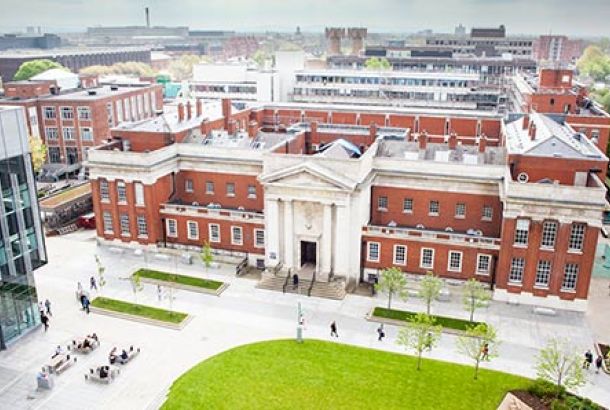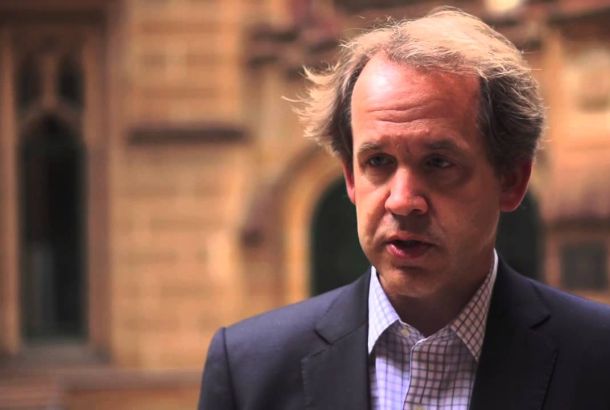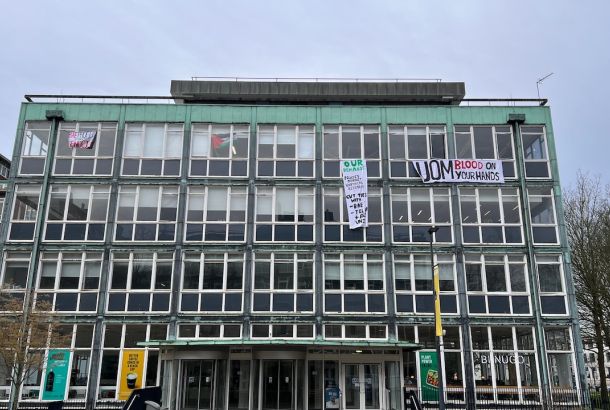What will the future Earth look like?
Scientists at Yale have recently identified a new supercontinent, which will form in the next 50 to 200 million years. The Americas and Asia will meet over the North Pole, causing the Pacific Ocean to disappear, forming a supercontinent named as Amasia.
The last such supercontinent to exist was Pangaea (Greek for “all lands”), which came together 300 million years ago. Pangaea was located around the position of modern day Africa and broke apart to form the seven continents of today, with the birth of the Atlantic Ocean 100 million years later. Over a billion years ago there was an ancient supercontinent called Rodinia and another called Nuna 1.8m years earlier. The forming and breaking apart of supercontinents has been a cyclical process in the Earth’s 4.6 billion year history.
The original term of ‘supercontinents’ was coined by Alfred Wegner in 1915, who proposed that at one point in the past, all of the Earth’s continents had formed a single continent known as Urkontinent. This explains how the shape of Earth’s major landmasses resemble jigsaw pieces that fit together.
Amasia was discovered by scientists at Yale through a process called orthoversion. This is where latitude and longitude can be found using the magnetic properties of rocks. The theory states that each succeeding supercontinent forms at a 90 degree orientation to preceding ancient supercontinents. This theory contrasts with the ‘old theory’, which stated that supercontinents form either 0 – 180 degrees away from the previous supercontinent; a theory that would place Amasia on the opposite side of the globe instead of the North Pole.
Dr David Rothery, a geologist from the Open University, believes this new research offers us a better insight into the history of the planet. He concluded by saying, “predicting into the future is of far less of a concern than what happened in the past”.







